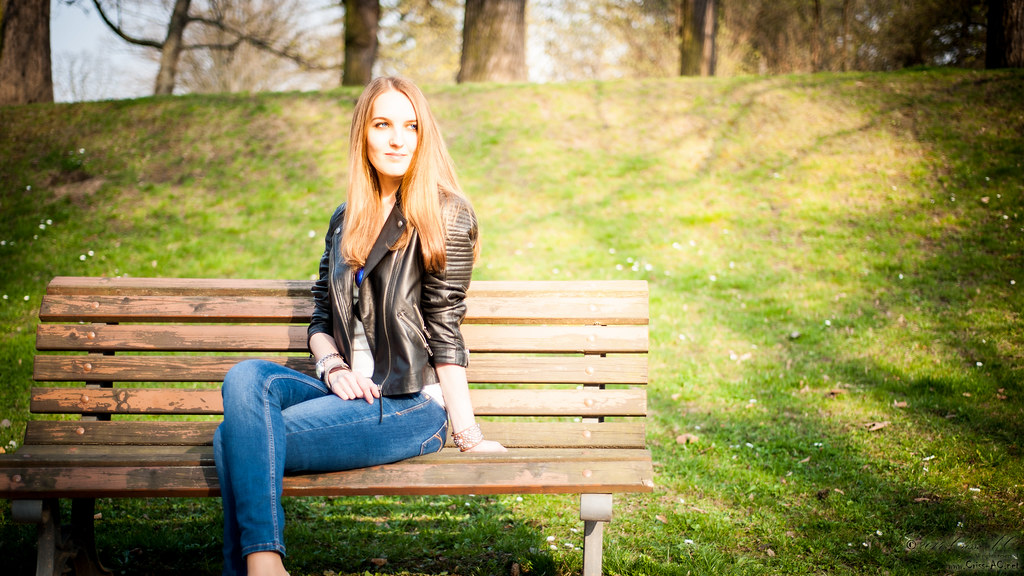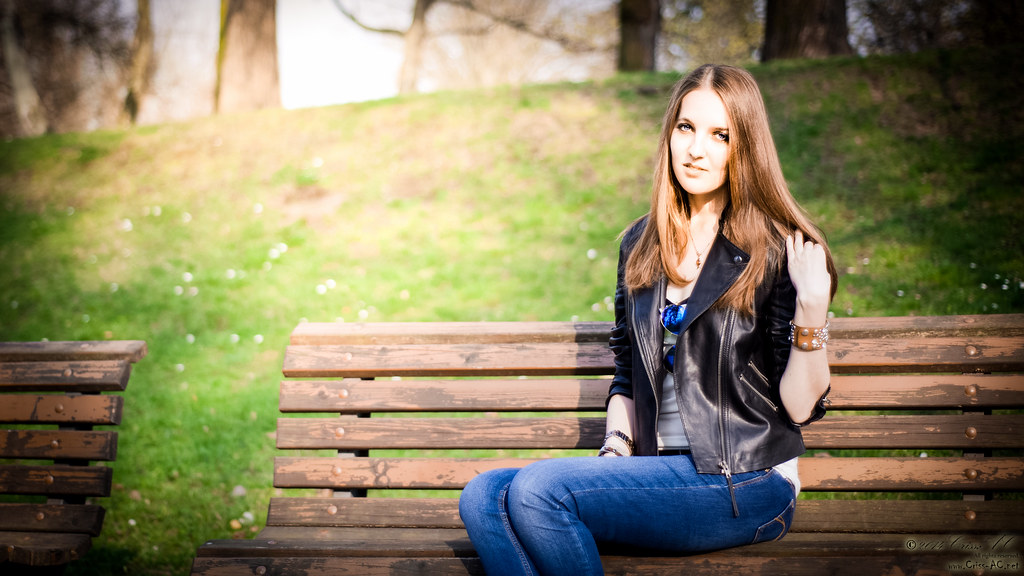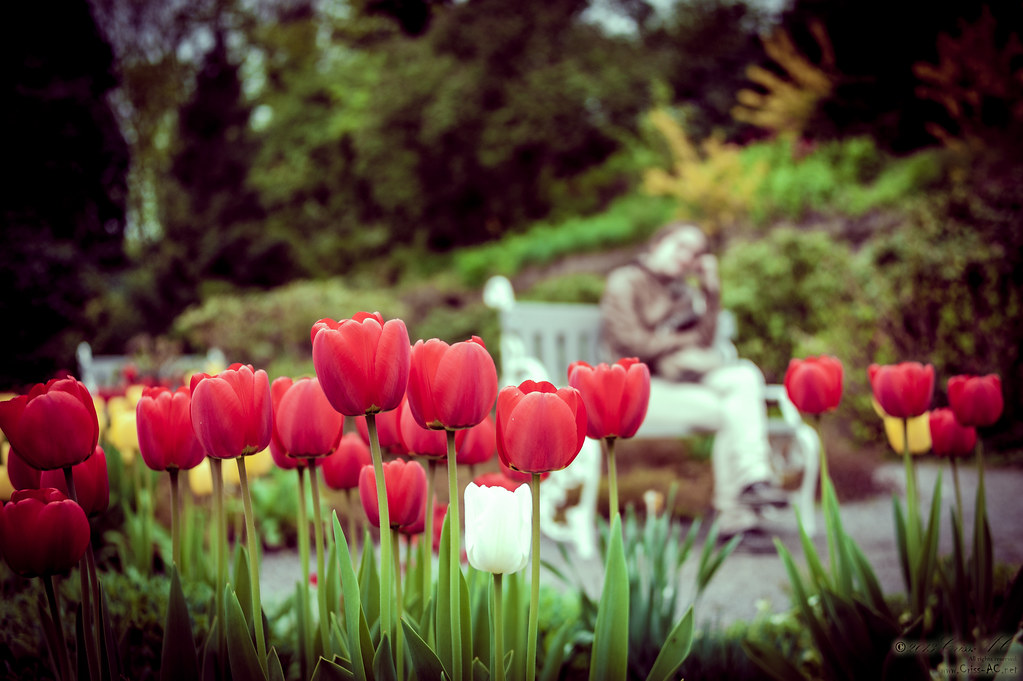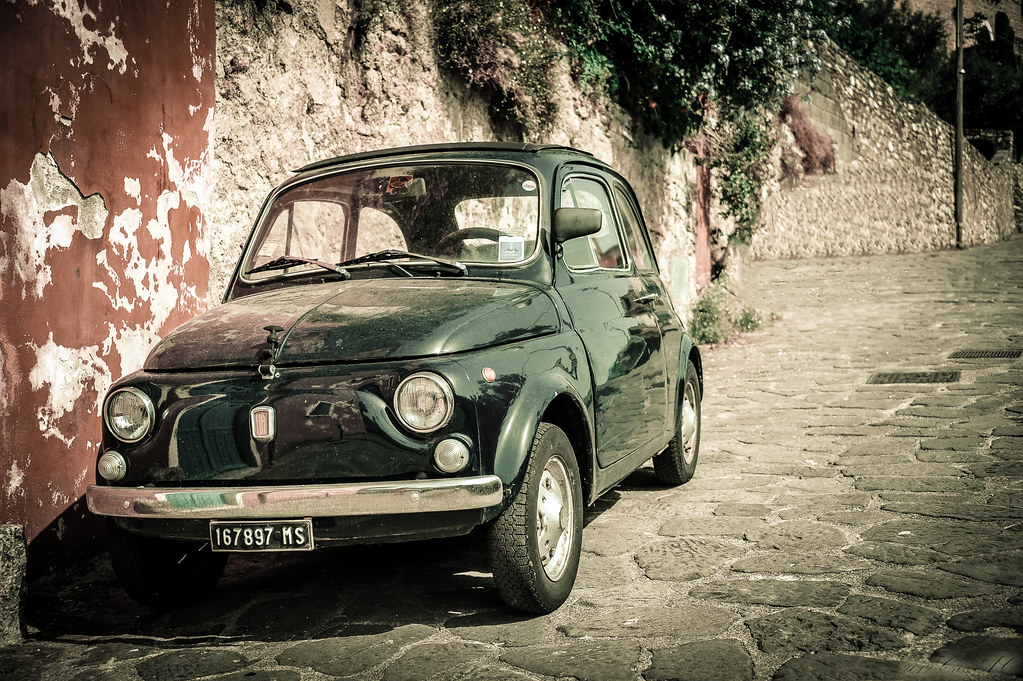Will simply explain how I did create this picture: (the picture is clickable, it will take you to my Flickr page)
During the last weekend, I took my girl out for a walk. We’ve been walking through the center of Prague, and at some point, we stopped taking some pictures. In her glasses there was a great reflection of the towers, and I am crazy about shooting such things. So I decided I should give it a go. In this tutorial I will show you how you can turn a rather usual and boring picture into something that will look way better.
The camera I am using is a Nikon Coolpix P6000, the best camera in the Coolpix series, and Adobe Photoshop CS4 Extended, also the best graphic editing software.
This is the initial shot, untouched:

Now, the first thing I did was to apply a couple of photo filters. I have applied them as new layers, and I’ve used two. First one is a deep brown, applied as normal (hex code #663300), second is a deep blue (hex #000033), applied as overlay. If you’re familiar with Photoshop, you should know what these codes are.
Second thing to do is to smooth the face tones and texture. I have used the quick mask mode to paint the area that needs to be smoothed, and after I’ve got the selection I wanted, I have created a new layer as a copy. Now, remember to always have a background duplicate when working, always! If something goes wrong and you’re out of UNDO-es, you can always revert to the initial background.
So, as I said, I have created a new layer with the area that needs to be smoothened, and the way I did it was using a great blur filter called Surface blur. It has been implemented firstly in the CS2 version if I am not mistaken, and what it does? It blurs in such way that most of the details or edges are preserved, and it is the best blur technique if you’re going to smooth some textures in your own photographs.
After I’ve applied that filter I had to adjust the opacity in top of the initial layer, to make sure that no textures are being lost due to blurring. Also, you can adjust the fill ratio as well, the result will be the same.
As soon as I got that and I’ve been happy with the result, I’ve applied a black border frame, and this was all. This is the result!

Later edit: I have found a couple of tutorials/ applications, and I must add before you click on them, that they are for purchasing only. There are other free tutorials on the web, but these helped me the most.
Enjoy!



























